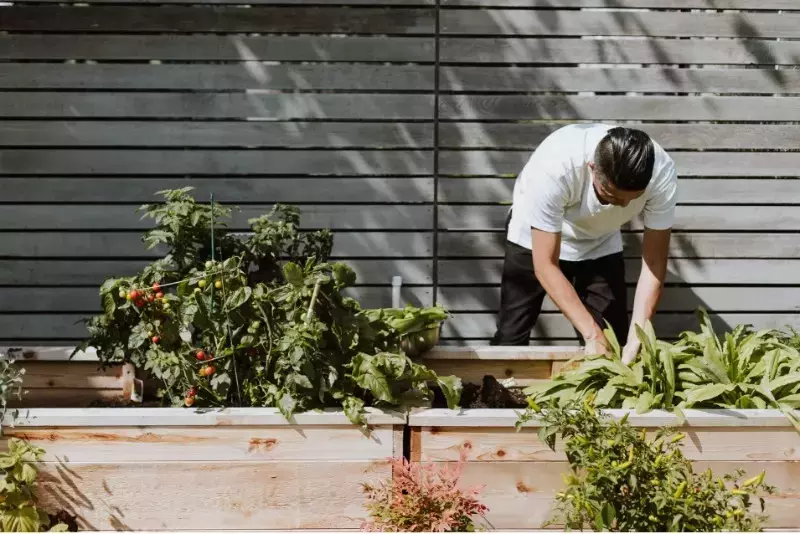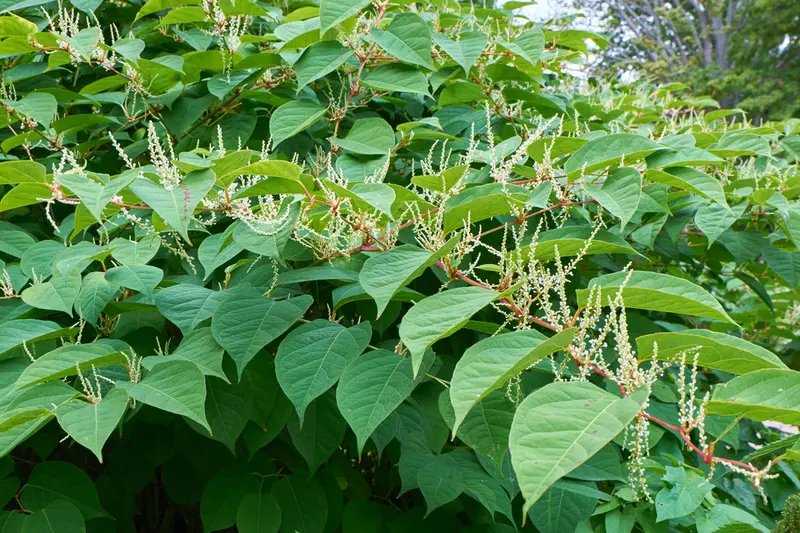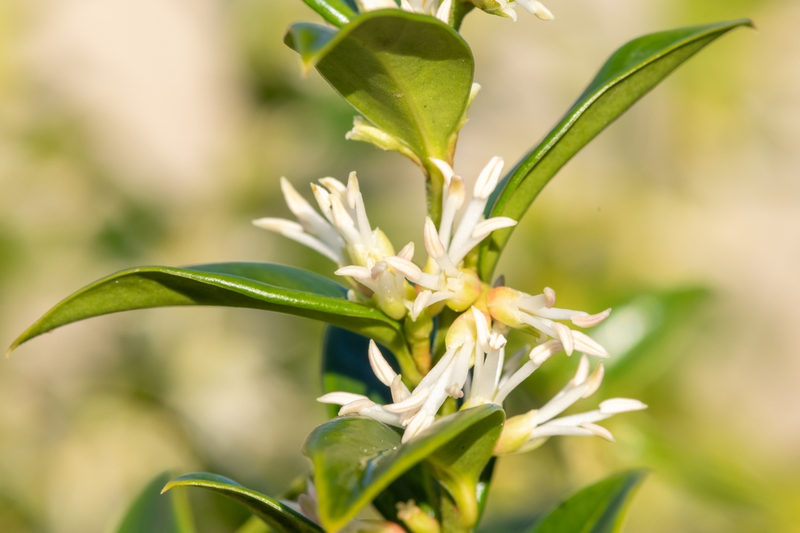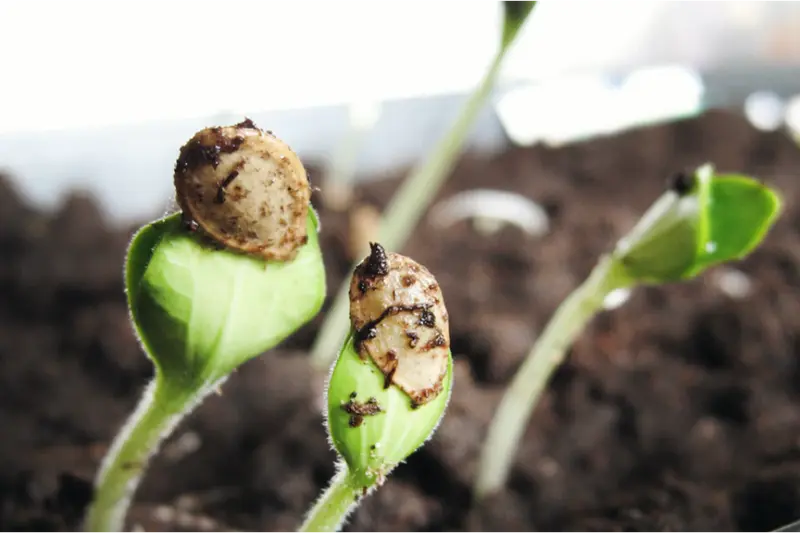
Decide what to plant in a raised garden bed by considering what you’d love to grow. Most raised beds can be used to produce almost anything you’d like, much like in a ground bed or garden border. There are advantages to growing in a raised garden bed, from better drainage, to fewer weeds, easier access and much more. They can also be placed in tricky areas of the garden or easily accessible areas, around a seating space or even out on the lawn. The arrangement is entirely up to you, so here are our suggestions for growing in a raised garden bed.
What to Grow in a Raised Garden Bed?
- Fruits and Vegetables
There’s no need to be restricted by space because you can grow many fruits and vegetables in a raised garden bed. Consider the size and depth of the bed before you sow your seeds to make sure there is enough space for what you’d like to grow. For example, you could have a whole bed of strawberries or raspberries, or you could plant multiple varieties of lettuces in one bed or mix and match with other vegetables and companion plants to make your own mini-potager garden.
- Edible Flowers
If you are interested in growing your own edible flowers but not sure what to plant in your garden, why not dedicate one raised bed purely for edible flowers, so you will know what flowers will be safe to eat? Pansies, Nasturtiums, Cornflowers, and Snapdragons are just a few to choose from. The bed will be full of glorious colours at different times of the year, and before you bake or cook with them, the bees will enjoy them, too.
- Medicinal Flowers
If you would like to try growing some medicinal flowers, you could easily make a bed full of flowers that you can harvest to make your own toiletries, medicines, and cosmetics. From Calendula to Lavender and Echinacea to Chamomile, the options are endless.
- Herbs
Herbs will grow well in a raised garden bed, and if allowed to blossom, it will be a haven for insects. Make sure you plant herbs that thrive in the environment where your bed is placed - the shade or sun. If you are planning to plant Mint or Lemon balm, keep in mind that the roots can take over your garden bed, so it is best to keep them in a pot and sink the pot into the soil, which will help to contain the roots.
- Annuals Flowers
Sowing directly into a raised garden bed, either in the spring when the soil has warmed or in early autumn, is a lovely way to create a bed full of flowers. Try Cosmos and Nigella, Ammi visnaga and Cerinthe.
Visit us in store for raised beds and tools, plus plants and seeds that you can use.




